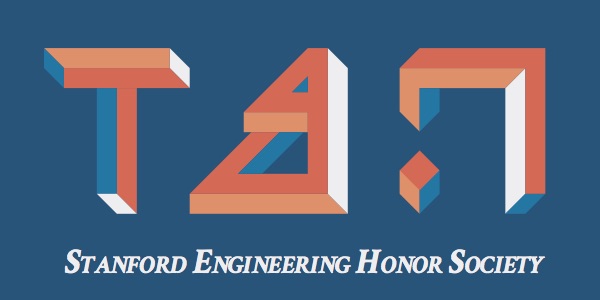The world around us is incredibly complex. From social and political issues, to technological innovations, very few parts of our lives remain simple or easy to understand. It would be hard for one person to understand enough of the world around them to function completely on their own, but luckily for us the tools, machines and technology that we have allow us to flourish. In my life, countless devices remain mysterious, but I am fascinated by trying to understand how some of these mechanisms are made and how they function.
I am currently one of the few student volunteers that help wind the Stanford clocktower and keep it running on time. The clock mechanism was the main reason that I wanted to be one of the winders. After over one hundred years the clock is still ticking away and keeping time. Not only has it remained intact, but some aspects of the mechanism work better than when it was originally constructed: the hand ground teeth on the gears have smoothed over time, allowing the clock to run smoother and more efficiently than when it was installed a century ago. In my mind it is a monumental example of superb engineering. I know of very few modern devices that end up lasting even a fraction of its lifetime.
The reason I became a winder was to learn more about how the clock works and how it has been able to last as long as it has. At first, I spent hours looking over the clock just figuring out how all of the systems work together to keep time and ring the bells. When there was a component, like the mechanism that turns off the bells at night, that I couldn’t understand, I found myself thinking about it as I fell asleep or picturing it in motion as I biked across campus. At this point I think that I have a decent understanding of most of the components that make up the clock, but I continue to try to understand more, and I continue to run into situations where the clock helps me understand something new. Just a few days ago I realized that a little mechanical kitchen timer works on essentially the same mechanism as the clocktower. It’s smaller and cheaper but the idea is the same. The Stanford clocktower, designed over one hundred years ago, is just one example of a device that can teach us a lot if we’re willing to put the time in and see what it has to say.
The clocktower is only one among a collection of complex and simple devices from my life that I’ve tried to understand, and it is representative of my interests and goals as a mechanical engineer. To me, learning engineering is just learning how the world around us works, and how we can contribute to make it run more smoothly. I hope that as an engineer I will be prepared to create something like the Stanford clock: an elegant and robust mechanism that has a lasting positive impact on the people around it.
Blogger:
Wilton Springer
Why did you choose to be an engineer?
I chose to be an engineer because I have always liked working with my hands and understanding how the world around me works. I hope that someday I will be able to create something that has a lasting positive impact on the people who interact with it.
Hometown:
Wilson, WY
Class year:
2019
Field:
Mechanical Engineering
Blogger bio:
Wilton Springer is a senior majoring in mechanical engineering. Outside of engineering he enjoys outdoor activities and races with the Stanford Cycling Club mountain bike team. After Stanford he is doing an internship for a year before returning to Stanford for a masters in mechanical engineering.
Favorite engineering-related sources for inspiration:
Adam Savage – One Day Builds

